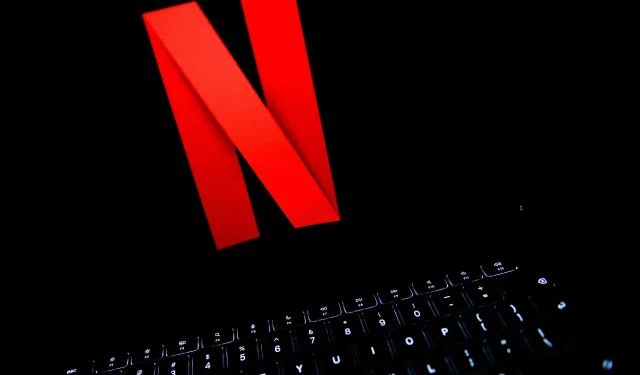K-dramas have surged in popularity over recent years, particularly as international audiences gain access through streaming platforms like Netflix, Amazon Prime Video, Disney+, and Viu. However, this widespread availability has also prompted changes to conventional release formats, especially with Netflix’s strategy of launching new titles predominantly on Fridays. This alteration has generated substantial discussion among fans.
A recent thread on Reddit’s r/KDRAMA highlighted various criticisms regarding this emerging trend, covering issues ranging from inadequate translation of subtitles to the content format offered by Netflix.
Disclaimer: The views presented in this article are those of the author.
Examining the Concerns Around Netflix’s K-Drama Strategy
Not to hate on western shows but I honestly prefer kdrama because they aren’t sexualized and full of unnecessary nudity. It’s like a breath of fresh air and I can focus on the story. by inKDRAMA
By producing a substantial amount of original Korean content, Netflix has not only dominated the K-drama market but has also transformed the viewing habits of its audiences. While the inclusion of English subtitles and dubbed audio has made these dramas more accessible, it has arguably diluted the original cultural nuances embedded in the Korean language.
1) Translation Troubles: Mistranslations in Subtitles
Recent critiques have surfaced regarding the accuracy of English subtitles, particularly highlighted by instances from the hit series Squid Game. Viewers voiced their dissatisfaction over mistranslations, notably with the character Han Mi-nyeo’s dialogues.
Youngmi Mayer, a TikTok user fluent in Korean, shed light on these inaccuracies, illustrating how they can significantly alter audience interpretations of characters and narrative depth.
“The English translation says, ‘I’m not a genius, but I can work it out.’ What she actually said was, ‘I’m very smart, I just never got a chance to study,'”said Youngmi Mayer on TikTok@youngmimayer
Issues with missing subtitles have also emerged, as observed in the recent K-drama When Life Gives You Tangerines. Whether these lapses stem from technical glitches or connectivity problems still requires clarification.
2) The Shifting Format: Shorter Episodes and Less Content
Traditionally, Netflix has launched K-dramas with around ten episodes, but this number has dwindled to as few as seven for newer offerings, such as Squid Game season 2. Other titles, such as The Glory, were released in two segments, causing viewers to feel detached due to prolonged gaps between episodes.
This trend towards minimizing episode counts can be attributed to changing viewer attention spans. Research outlined in Dr. Gloria Mark’s book, Attention Span: A Groundbreaking Way to Restore Balance, Happiness, and Productivity, suggests that the average attention span has plummeted to merely 47 seconds in 2023, necessitating rapid content consumption.
Consequently, the strategy of producing shorter dramas has resonated with audiences seeking streamlined narratives, leading to growing competition even among traditional broadcasters. South Korean television networks are now adapting, with many upcoming shows for 2025 slated for only 12 episodes, down from the traditional 16.
3) Content Standards: Evolving Narratives
Netflix’s content guidelines differ significantly from those of network television, allowing for more adult themes. Given the relaxed restrictions for mature content, many viewers are now drawn to platforms like Netflix for grittier narratives.
However, this shift has stirred some discontent. According to discussions on Reddit, fans are increasingly concerned about excessive violence, nudity, and intense themes in original Netflix titles like My Name and Hellbound. K-dramas have historically been characterized by moderate pacing and family-friendly imagery that appeals to a broad audience, even those unfamiliar with the language.
As streaming services continue to reshape traditional storytelling formats, the ramifications on viewership patterns and narrative techniques remain ripe for exploration and discussion.


